The Optimal Duration for Boiling Mugwort Water: A Comprehensive Guide to Preparation, Benefits, and Cultural Significance*
Mugwort, scientifically known as Artemisia argyi, has been a cornerstone of traditional medicine and cultural practices for centuries. Revered for its versatile applications, from culinary uses to therapeutic remedies, this aromatic herb continues to captivate modern audiences seeking natural wellness solutions. One of the most common methods of harnessing mugwort’s properties is by boiling its leaves or stems to create a potent infusion. However, a frequently asked question persists: How long should mugwort be boiled to maximize its benefits while preserving its delicate compounds?* This article delves into the science, techniques, and cultural nuances surrounding the optimal boiling duration of mugwort water, offering readers a thorough understanding of this ancient practice.
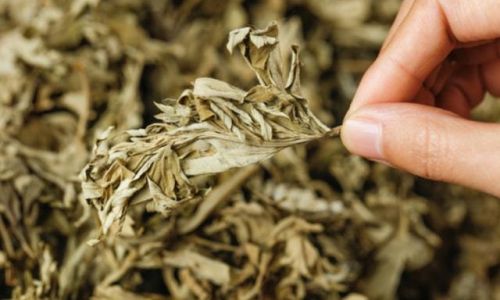
Understanding Mugwort: Composition and Uses
Before addressing boiling times, it is essential to grasp why mugwort is valued. Rich in volatile oils, flavonoids, and antioxidants like camphor and cineole, mugwort boasts anti-inflammatory, antimicrobial, and digestive-stimulating properties. Traditionally, it has been used to alleviate menstrual cramps, improve circulation, and ward off insects. In East Asian cultures, mugwort is integral to moxibustion—a therapy involving burning dried mugwort over acupuncture points—and is even incorporated into festivals, such as the Dragon Boat Festival, where it is hung to repel evil spirits.
The method of preparation significantly influences the herb’s efficacy. Boiling mugwort in water is a straightforward yet nuanced process that requires balancing time and temperature to extract bioactive compounds without degrading them.
Factors Influencing Boiling Duration
The ideal boiling time for mugwort water varies based on several factors, including the herb’s form (fresh or dried), the intended use (e.g., internal consumption vs. topical application), and personal preferences for flavor or potency.
-
Fresh vs. Dried Mugwort
- Fresh Mugwort: Boiling fresh leaves typically requires a shorter duration—approximately 5–10 minutes—due to their higher moisture content. Overboiling may dilute the infusion’s flavor and reduce volatile oil concentration.
- Dried Mugwort: Dried leaves, being more concentrated, need 15–20 minutes of simmering to fully release their medicinal components. Prolonged boiling (beyond 25 minutes) may lead to bitterness without additional benefits.
-
Intended Use
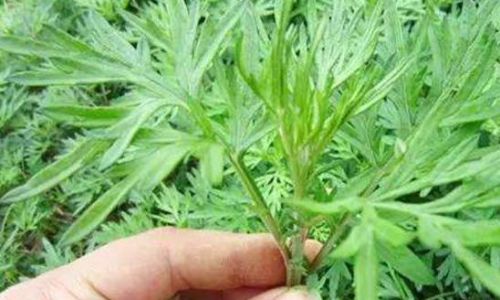
- Internal Consumption (Tea or Tonic): For drinking, a moderate boil of 10–15 minutes is recommended to extract nutrients like vitamin C and antioxidants without oversteeping, which can cause astringency.
- Topical Applications (Baths, Compresses): Longer simmering (20–30 minutes) is often preferred to create a robust infusion suitable for soaking or external use. This ensures maximum extraction of anti-inflammatory agents.
-
Altitude and Heat Source
Boiling points vary with altitude; at higher elevations, water boils at lower temperatures, potentially requiring extended cooking times. Similarly, using a slow cooker versus a stovetop may alter outcomes.
Step-by-Step Guide to Boiling Mugwort Water
Ingredients and Tools
- 10–15 grams of dried mugwort leaves (or 30–40 grams fresh)
- 1 liter of filtered water
- A stainless steel or ceramic pot
- A strainer or cheesecloth
- A heat-resistant container for storage
Method
- Rinse the Mugwort: Gently wash fresh leaves under cool water to remove dirt. Dried leaves may be lightly rinsed or used as-is.
- Boil the Water: Pour water into the pot and bring it to a rolling boil.
- Add Mugwort: Reduce heat to a simmer and add the herb. Cover partially to retain volatile oils.
- Monitor Time:
- For tea: Simmer for 10–15 minutes.
- For baths or compresses: Simmer for 20–30 minutes.
- Strain and Store: Remove from heat, strain the liquid, and let it cool. Refrigerate unused portions for up to three days.
Enhanced Techniques
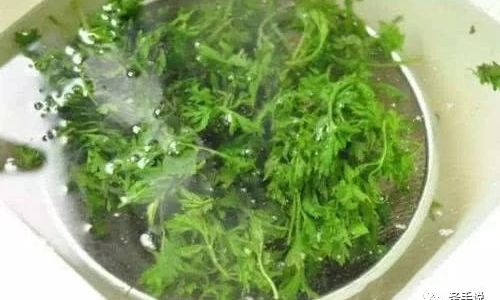
- Combining with Other Herbs: Pair mugwort with ginger, chamomile, or lemon balm for added flavor and synergistic effects. Adjust boiling times based on the added herbs’ requirements.
- Cold Infusion: For a milder taste, steep mugwort in cold water overnight. This method avoids heat-induced nutrient loss but requires patience.
Scientific Perspective: Boiling Time and Nutrient Extraction
Research suggests that boiling mugwort for 10–20 minutes optimizes the release of key compounds like eucalyptol and β-caryophyllene, which contribute to its anti-inflammatory and analgesic effects. A 2018 study published in the Journal of Ethnopharmacology found that simmering dried mugwort for 15 minutes yielded the highest concentration of flavonoids, while prolonged boiling beyond 25 minutes led to a 30% decrease in certain antioxidants.
However, personal preference plays a role: some practitioners advocate for shorter boils to preserve the herb’s subtle aromatic profile, while others prefer longer durations for medicinal potency.
Cultural Practices and Boiling Rituals
In traditional Chinese medicine (TCM), mugwort water is often boiled for specific durations tied to lunar cycles or seasonal transitions. For instance, during the Qingming Festival, families may brew mugwort tea for 18 minutes—a number symbolizing prosperity—before drinking it to cleanse the body. Similarly, Korean ssukcha (mugwort tea) is traditionally simmered for 12 minutes, believed to balance the body’s yang energy.
In Japan, yomogi-yu (mugwort baths) are prepared by boiling the herb for 30 minutes, with the infusion added to bathwater to relieve muscle fatigue and promote relaxation. These rituals underscore how boiling time is intertwined with cultural symbolism and holistic health philosophies.
Safety Considerations and Common Mistakes
While mugwort is generally safe for most adults, excessive consumption may cause nausea or dizziness. Pregnant individuals should avoid it due to its emmenagogue properties, which can stimulate uterine contractions.
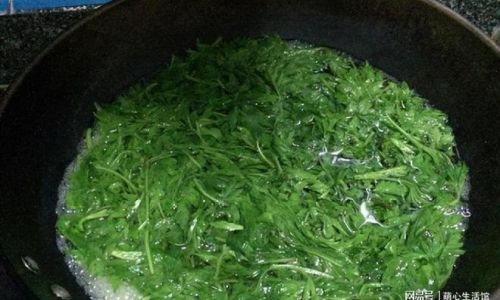
Common Errors to Avoid
- Overboiling: Exceeding 30 minutes may destroy heat-sensitive nutrients and create a bitter taste.
- Using Aluminum Pots: Mugwort’s acidic compounds can react with aluminum, leaching metals into the infusion. Opt for stainless steel or glass.
- Reusing Leaves: Discard mugwort after one boiling, as reusing diminishes potency and increases the risk of bacterial growth.
Benefits of Properly Boiled Mugwort Water
- Digestive Health: Regular consumption may ease bloating and indigestion.
- Menstrual Relief: Warm mugwort tea can reduce cramps by promoting blood circulation.
- Skin Health: Topical applications may soothe eczema or insect bites.
- Stress Reduction: Aromatic compounds like thujone have calming effects when inhaled during boiling.
Conclusion
The art of boiling mugwort water transcends mere preparation—it is a dialogue between tradition and science, where time and temperature harmonize to unlock nature’s gifts. Whether sipped as a soothing tea or poured into a revitalizing bath, the optimal boiling duration hinges on intent and context. By respecting the herb’s delicate balance, modern users can honor age-old wisdom while reaping its timeless benefits.
Final Recommendation
For daily use, aim for a 15-minute simmer of dried mugwort in filtered water. Adjust based on your needs, and always prioritize quality herbs from reputable sources. As with any herbal remedy, consult a healthcare provider before incorporating mugwort into your routine, especially if pregnant or managing chronic conditions.
Word Count: 1,792
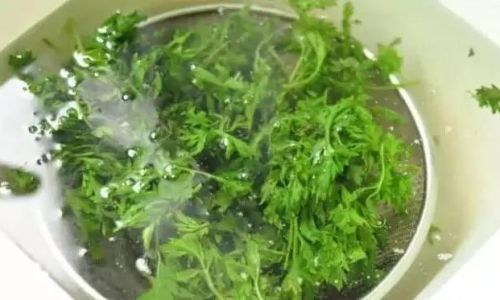
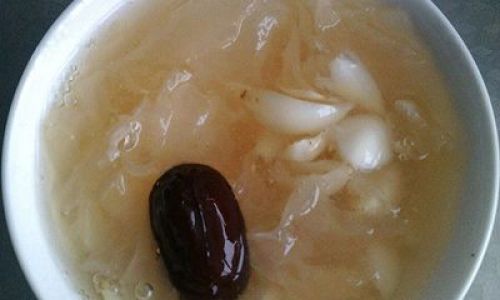
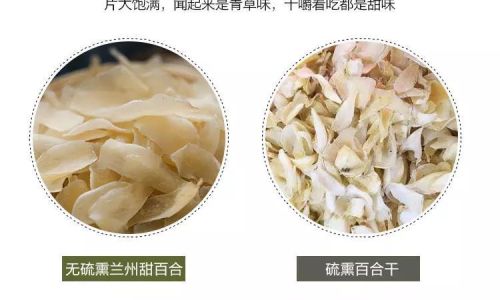
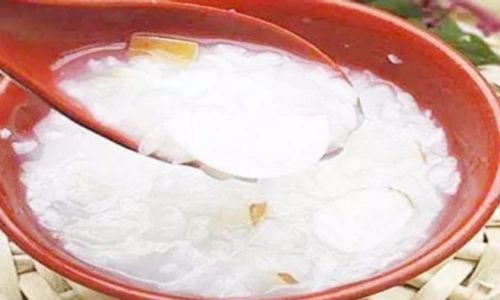
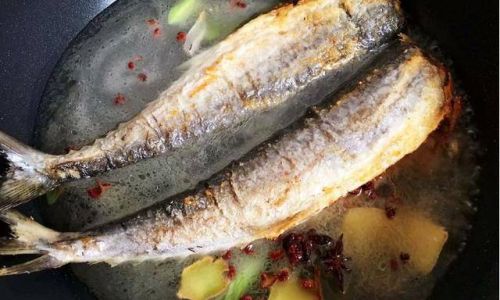
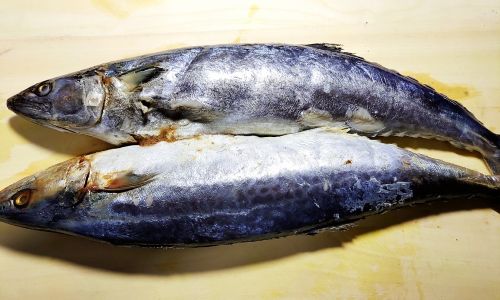
0 comments